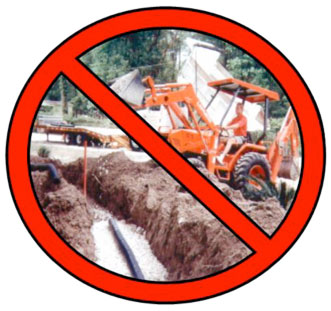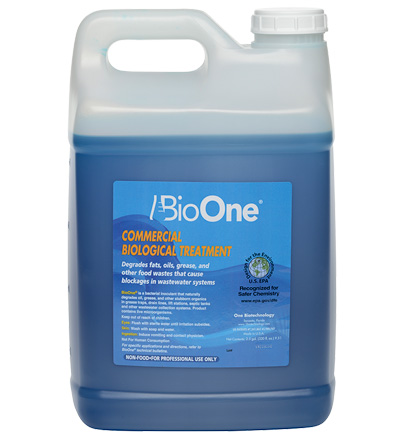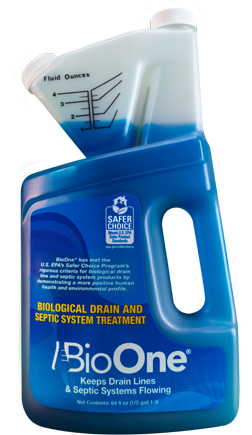
When you think of a septic system, you typically think of the tank that holds wastewater once it leaves your home. However, that’s only one part of the system, and the leach field plays an equally important role in the process. So, when your leach field fails to drain properly, you could see impacts in your home and your yard. Follow these steps to improve drainage and help keep your system functioning properly.
What’s a Leach Field?
In short, the leach field’s job is to remove and disperse wastewater from your septic tank. Once the wastewater, also known as effluent, enters your septic tank, it needs a place to go. As the level of effluent rises, it makes its way into the outflow pipe. From there, the liquid flows into the leach field, which consists of a series of pipes buried in your yard. The soil then absorbs the liquid, while bacteria in the soil breaks down any remaining waste. Without a working leach field, the septic system would not function.
Signs of Leach Field Drainage Problems
Fortunately, when your leach field isn’t draining properly, there will probably be some obvious signs, especially if you know what to look for, both inside and outside your home. The first place you may notice a problem is inside your home. If the drains in your sinks, showers, and toilets begin to slow down, or even back up, it’s a sign that the effluent inside your septic tank cannot enter the outflow pipe, usually due to a clog.
Outside your home, you may notice changes in your yard directly over your leach field. The grass may grow taller and greener in that area, indicating that the soil isn’t absorbing the effluent. You may also find that the soil is spongey or there is standing water in that area. On the contrary, dry, dead grass could mean that wastewater isn’t making it into that area of the leach field, indicating a blockage in the pipes. Additionally, foul odors inside or outside your home could indicate underlying problems with your septic system.
Steps to Improving Leach Field Drainage
If you’re looking to avoid slow drainage, back-ups, and foul odors, there are plenty of steps you can start to take to keep your leach field draining properly now and into the future:
-
Perform Regular Maintenance
Be sure to schedule regular pumpings to ensure that the level of wastewater in your tank does not exceed capacity. Regular inspections are also important, as they can easily detect and repair clogs in the leach pipes before they create a larger issue. When regular maintenance is not performed, it could lead to larger, more costly repairs in the future.
-
Watch What You Flush
Your septic tank is the catch-all for everything that makes its way into your drains or toilets. However, it’s only designed to collect and break down water, waste, and septic-safe toilet paper. When you flush other items, like flushable wipes or feminine products that cannot be broken down, the likelihood of clogs increases. Likewise, food waste, like grease, egg shells, and coffee grounds, could contribute to clogs when poured down the drain.
-
Manage Your Water Usage
The process of breaking down waste in the septic tank can take time, but when water levels rise too quickly, waste, grease, or other items can enter the outflow pipe. Consider slowing down the water usage in your home to avoid an overloaded system. For example, run the dishwasher and washing machine at separate times or space out the family’s showers throughout the day.
-
Protect the Area Above Your Leach Field
While many leach field issues tend to start in the septic tank, the area around your leach field could also cause damage. Refrain from planting trees or bushes near your leach field, as the root system could grow into the pipes. In addition, avoid driving or parking cars and heavy machinery over the leach field. Doing so could compact the soil and prevent water from filtering and absorbing properly. The pressure may also damage the leach pipes themselves. If you feel the soil around your leach field isn’t absorbing wastewater effectively, you may consider aerating the area.
-
Swap Harsh Chemicals for a Bacteria-Based Product
For your septic tank to properly break down the waste inside, it needs high levels of bacteria. Unfortunately, common household cleaners and other chemicals, like polishes, waxes, and paints, kill off the good bacteria inside your septic tank. Instead, consider adding a bacteria-based product to your drains regularly. Once the bacteria is introduced to the tank, it begins working immediately to completely digest waste and even kitchen waste like fats, oils, and greases. When these solids are broken down and fully digested inside the septic tank, they are less likely to cause clogs and backups in the leach field later on.
Maintaining Your Leach Field for Proper Drainage
No one wants to wake up to foul odors, slow drains, or water pooling in their yard. Fortunately, there are several steps you can take going forward to improve your leach field’s drainage and avoid costly repairs. First, be sure to schedule regular inspections and pumpings to remove solid waste and catch potential clogs before they cause damage. Next, be mindful of what you’re flushing and how much water your family uses in a given period. Keep the area above your leach field free of trees and heavy vehicles, and add bacteria-based products to your drains to help with the breakdown of waste. Being mindful of your leach field’s drainage now will help your entire septic system function properly for years to come.








 Residential drain fields are designed to allow the discharged water to percolate through the biomat. Drain fields fail for several reasons:
Residential drain fields are designed to allow the discharged water to percolate through the biomat. Drain fields fail for several reasons:
